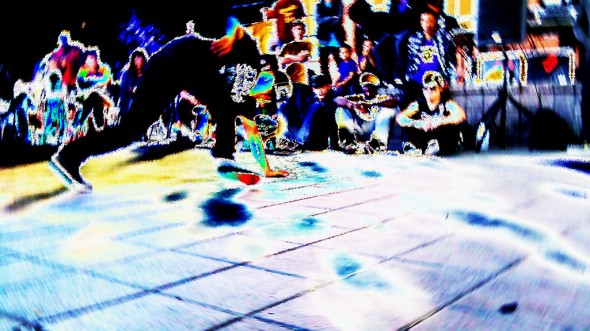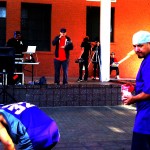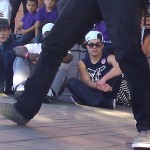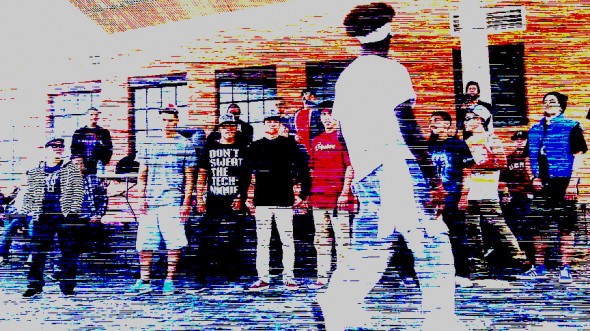This post is not in any way related to Journalism, “social media”, leadership or management. That being said, let Tye take you on a tour of American Culture:
 Not sure how many of the Humphrey Fellows are familiar with
Hip Hop, but it’s an American-born-and-bred artistic
movement.
Not sure how many of the Humphrey Fellows are familiar with
Hip Hop, but it’s an American-born-and-bred artistic
movement.
It was birthed in the 1970s in African-American and Latino communities in New York City and L.A. “Thirty years later, we see a style of dance that has evolved so far from its humble beginnings—it is primetime now in movies and television—but not so far that it has lost its roots,” writes a 2009 article in dance magazine Movmnt. It continues,
Violence, selling drugs, and life on the streets have mistakenly characterized the genre until recently. Now it has expanded its scope and become relatable to a wider variety of people, so much so that it has made the crossover into pop music.
The “four pillars” of the movement are: dancing, graffiti art, MCing (anything that involves a microphone/vocals) and DJing (anything that involves the music). [The Wikipedia entries on Hip Hop are actually quite decent]
”] What constitutes “hip hop dance” has changed as
much as the much and the popularity of the art movement. But
there are several main categories (all links lead to videos):
What constitutes “hip hop dance” has changed as
much as the much and the popularity of the art movement. But
there are several main categories (all links lead to videos):
- Popping and Locking: (two distinct styles, both based on Funk music out of the 70’s and a reaction against Disco)
- Breaking/b-boy: this came next, and is still what people most often think of as “hip hop dance.” People spinning on their heads, doing handstands, battling each other in jump suits in the 80’s. That sort of thing.
- House: A little different, because it is based off more electronic music, and is more friendly for dancing at weekend clubs. Also, House is less structured, more feminine/female-friendly, more improvised, and takes itself less seriously. For all these reasons, it’s my personal favorite.
-
KRUMP/Krumping: Probably the newest style of Hip Hop dance, invented
within the decade by dancer
Tight Eyez. It is fascinating to watch, if strange, and Krump
dancers usually think of it as a
cathartic religious experience. Krump actually began as a way to lead troubled youth
out of gangs and toward Christ. KRUMP stands for
“Kingdom Radically Uprising Mighty Praise”

It seems the traits that are most desirable to Hip Hop artists are energy, style, and individuality. So, a very American arts movement, if you ask me. Unfortunately, all I really know much about is the dancing “pillar,” and that is only because I took a class in Hip Hop dance, and have been to several competitions recently; The Civil Disobedience series at ASU (video here), and Park Jam b-boy battle at Civic Space Park last weekend (full photo gallery by me here).
I can make more posts about this later, if you all are interested. But for now, I’ll stop going off on this tangent. Have a Happy, Hip Hop Thanksgiving!

